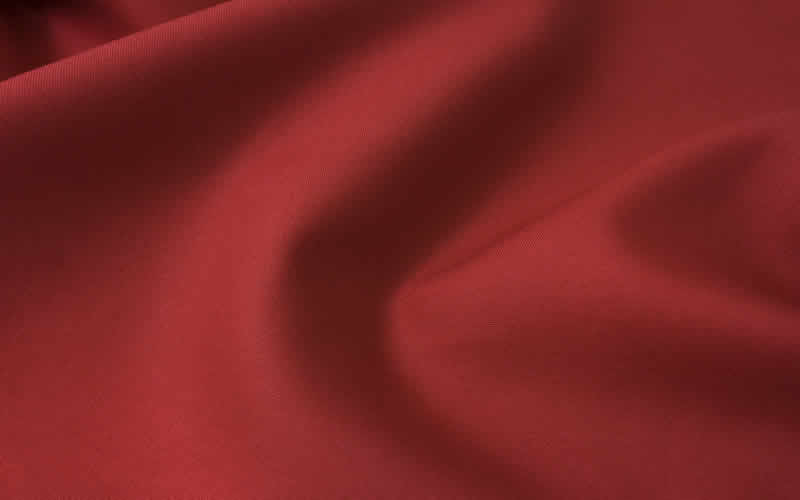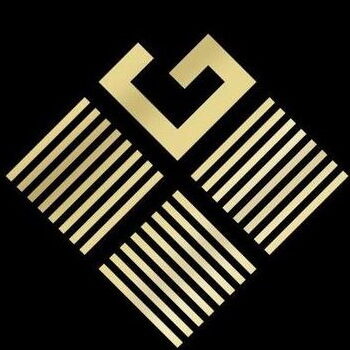All Giovani cottons fabrics are produced from the “king” of cotton plants, renowned for its longer staples that allow it to provide finer, stronger threads.
The cotton is firstly dried, to reduce moisture content and thoroughly cleaned to remove foreign matter.
During the spinning process the fibers are straightened, aligned and bound together and the shorter, less valuable fibers removed, leaving a strong and smooth material that will, when then provide a high quality, high value yarn. The spun cotton can then be dyed to the exact specification of the customer.
The weaving process then turns the yarn into the cloth, in a similar process to wool fabric production; a loom is used to weave the “warp” thread with the “weft” yarn in a prescribed manner depending on the type of fabric required. Popular weaves include, for example, Twills, Broadcloth, Royal Oxford, and Herringbone.
The final step in any fabric manufacture is “finishing” and cotton probably has more types of finishing than any other material. Some finishes will change the look and feel of the cotton, others will add certain characteristics such as durability, water repellency, flame resistance and shrinkage control. Several different finishes may be applied to a single fabric.
Any defects are meticulously sought out by experienced personnel, since the human eye, heart and hand cannot be substituted. The process is carried out in two phases – immediately after weaving and then again after of finishing phase.





